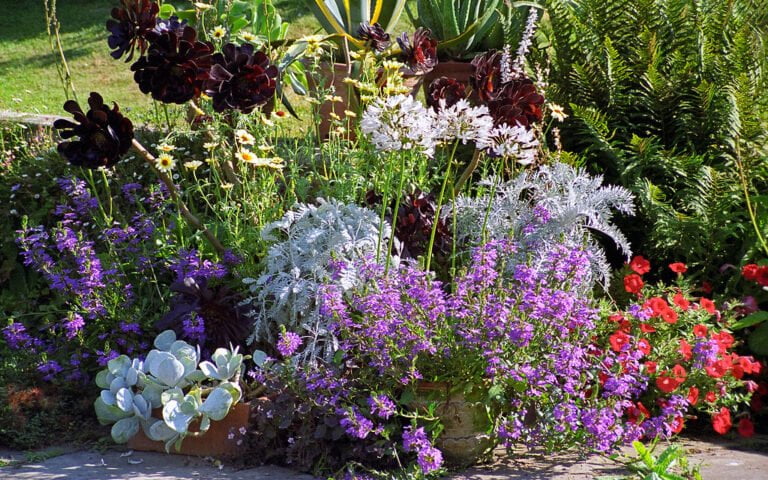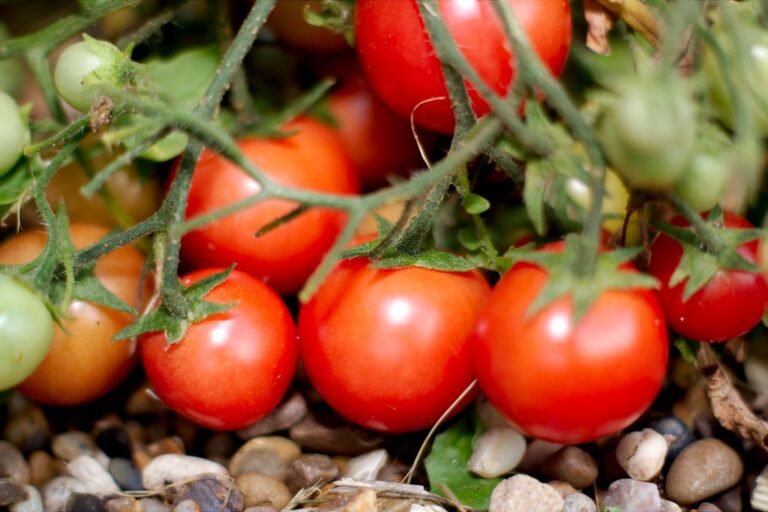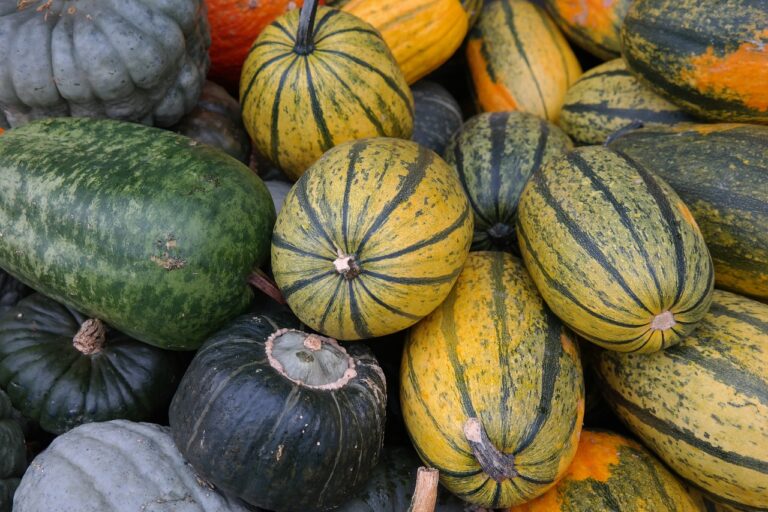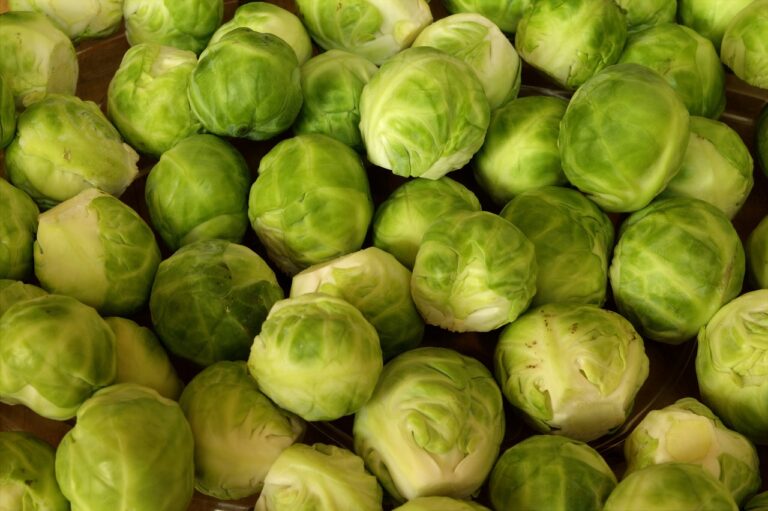Understanding the Best Time to Plant Sunflower Seedlings
Are you wondering when is the best time to plant your sunflower seedlings? Look no further! In this article, we will guide you through the process of understanding the ideal planting time for sunflower seedlings. By considering factors such as sunflower growth stages and climate, we will help you determine the perfect time to start your sunflower garden. Avoid common mistakes and learn how to extend your sunflower growing season. Get ready to plant your sunflower seedlings with confidence!
Importance of Planting Sunflower Seedlings at the Right Time
To ensure successful growth, you should plant sunflower seedlings at the optimal time. Timing is crucial when it comes to planting sunflower seedlings because it directly affects their development and overall productivity. Sunflowers thrive in warm weather and require a long growing season, so it's essential to plant them after the last frost date in your area. This will give the seedlings ample time to establish strong roots and grow vigorously. Planting sunflowers too early, when the soil is still cold, can stunt their growth and make them more susceptible to diseases and pests. On the other hand, planting them too late may result in a shorter growing season and smaller flowers. By planting sunflower seedlings at the right time, you can maximize their potential and enjoy a bountiful harvest.
Factors to Consider for Sunflower Seedling Planting Time
Consider three important factors when determining the best time to plant your sunflower seedlings. First, take into account the average last frost date in your area. Sunflowers are sensitive to frost, so it is crucial to wait until the danger of frost has passed before planting. This will ensure that your seedlings have a better chance of survival. Second, consider the soil temperature. Sunflower seedlings thrive in warm soil, so it is advisable to wait until the soil temperature reaches at least 55°F (13°C) before planting. Finally, think about the expected weather conditions. Sunflowers require ample sunlight to grow, so it is best to choose a time when the weather forecast predicts clear and sunny days. By considering these factors, you can maximize the chances of success for your sunflower seedlings.
Understanding Sunflower Growth and Development Stages
When do sunflower seedlings begin to show signs of growth and development? Sunflower seedlings typically begin to show signs of growth and development within 7 to 14 days after planting. During this time, you will start to notice the emergence of tiny green shoots from the soil. These shoots will gradually grow taller and develop their first set of true leaves. As the seedlings continue to grow, their stems will become stronger and their roots will expand and deepen into the soil. Around 21 to 28 days after planting, the seedlings will enter the vegetative growth stage, where they will continue to grow taller and develop more leaves. This stage is crucial for the overall development of the sunflower plant and sets the foundation for future flower bud formation. Understanding these growth and development stages will help you monitor and care for your sunflower seedlings effectively.
Recommended Planting Time for Sunflower Seedlings
After understanding sunflower growth and development stages, it is important to know the recommended planting time for sunflower seedlings. The best time to plant sunflower seedlings is when the soil has warmed up and there is no longer a risk of frost. This is typically in late spring or early summer, depending on your location. Sunflowers thrive in warm temperatures, so it is important to wait until the soil has reached a consistent temperature of at least 50°F (10°C) before planting. Planting too early can result in stunted growth or even the death of the seedlings. Additionally, make sure to choose a location that receives full sun for at least 6 to 8 hours a day. By following these guidelines, you can ensure that your sunflower seedlings have the best chance of success.
The Influence of Climate on Sunflower Planting Time
To determine the ideal time to plant sunflower seedlings, it is essential to take into account the influence of climate. Sunflowers thrive in warm weather, so the climate plays a significant role in determining when to plant them. The best time to plant sunflower seedlings is during the spring when the soil temperature reaches at least 50°F (10°C). This ensures that the seeds will germinate and grow properly. Additionally, sunflowers require a minimum of 6 hours of direct sunlight per day, so it is important to consider the climate's sun exposure. If you live in a region with a short growing season, you may need to start the seedlings indoors and transplant them outside once the weather warms up. Understanding your climate's temperature and sunlight patterns will help you determine the perfect time to plant sunflower seedlings and ensure a successful growth.
Sunflower Varieties and Their Preferred Planting Seasons
Once you understand the influence of climate on sunflower planting time, it is important to consider the preferred planting seasons for different sunflower varieties. Sunflowers come in various sizes and colors, each with its own unique planting requirements. For early blooming varieties like 'Autumn Beauty' and 'Lemon Queen', it is best to plant them in early spring, after the risk of frost has passed. Mid-season varieties such as 'Mammoth' and 'Sunbeam' can be planted in late spring or early summer. Late-blooming varieties like 'Italian White' and 'Van Gogh' are best planted in mid-summer for a fall harvest. It is crucial to choose the right variety and planting season to ensure optimal growth and flowering. By considering these factors, you can enjoy a beautiful and bountiful sunflower garden throughout the growing season.
Tips for Determining the Ideal Planting Time for Sunflower Seedlings
To determine the ideal planting time for your sunflower seedlings, consider the specific requirements of the variety you are planting. Different sunflower varieties have different preferences when it comes to temperature and sunlight. Generally, sunflowers thrive in warm weather with temperatures ranging from 70°F to 85°F. They require full sun exposure for at least 6 to 8 hours a day. Before planting, check the seed packet or research the specific variety to find out the recommended planting time. As a general rule, it is best to wait until after the last frost date in your area. Planting too early can expose the seedlings to frost damage. By understanding the specific needs of your sunflower variety, you can ensure that you are planting at the right time for optimal growth and blooming.
Common Mistakes to Avoid When Planting Sunflower Seedlings
Avoiding common mistakes is crucial when planting sunflower seedlings. By being aware of these mistakes and taking necessary precautions, you can ensure the healthy growth and development of your sunflowers. One common mistake to avoid is planting the seedlings too close together. Sunflowers need ample space to spread their roots and receive adequate sunlight. Another mistake is overwatering the seedlings. While they require regular watering, too much water can lead to root rot and stunted growth. It is also important to avoid planting sunflower seedlings in an area with poor drainage, as this can result in waterlogged soil and unhealthy plants. Lastly, failing to protect the seedlings from pests and diseases can lead to significant damage. Utilize organic pest control methods and monitor your plants regularly to prevent infestations. By avoiding these common mistakes, you can ensure a successful and vibrant sunflower garden.
Extending the Sunflower Growing Season With Succession Planting
Are you wondering how you can extend the sunflower growing season and ensure a continuous display of vibrant blooms? Succession planting is the answer! By staggering your sunflower plantings, you can enjoy a longer blooming period and maximize your garden's beauty. Here's how to do it:
First, start by planting your initial batch of sunflower seedlings according to the recommended planting time for your region. As those plants begin to flower and fade, it's time for the second round. Around two to three weeks before the first batch finishes flowering, sow another batch of seeds. This way, you will have a constant supply of sunflowers throughout the season.
To ensure a seamless transition, make sure to keep track of the different planting dates and label your sunflower varieties. By doing so, you can observe the growth stages and plan your next planting accordingly.
Remember to provide adequate care for your sunflowers, such as regular watering, fertilizing, and pest control. By following these steps, you'll be able to enjoy a prolonged sunflower growing season and delight in the beauty of these vibrant flowers for months to come. Happy planting!
Adjusting Planting Time for Sunflowers in Different Regions
Plant sunflowers at the appropriate time for your region to ensure successful growth and blooming. The timing of planting sunflowers varies depending on the region you live in. In general, sunflowers prefer warm weather and need a long growing season to reach their full potential. If you live in a cold climate with a short growing season, it's best to start your sunflower seedlings indoors about 4 to 6 weeks before the last expected frost date. This will give them a head start and allow them to be planted outside once the danger of frost has passed. On the other hand, if you live in a warm climate with a longer growing season, you can directly sow sunflower seeds outdoors after the last expected frost date. By adjusting the planting time according to your region, you can ensure that your sunflowers have the best chance of thriving and producing beautiful blooms.
Conclusion
In conclusion, understanding the best time to plant sunflower seedlings is crucial for successful growth and development. Factors such as sunflower growth stages, climate conditions, and region-specific adjustments play a significant role in determining the ideal planting time. By considering these factors and avoiding common mistakes, you can extend the sunflower growing season and achieve successful succession planting. Take the time to research and plan accordingly to ensure the best results for your sunflower seedlings.






